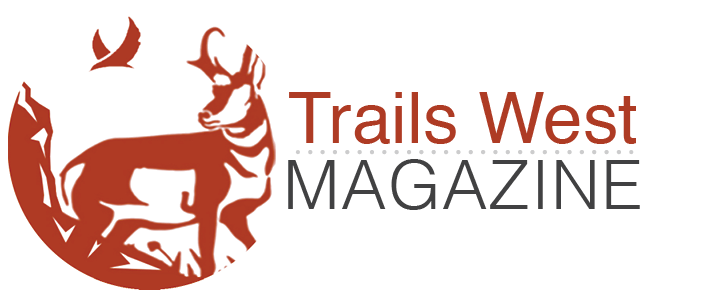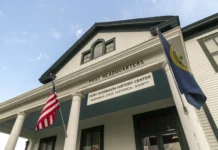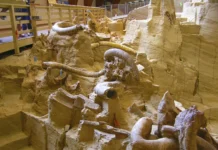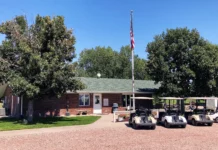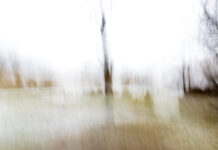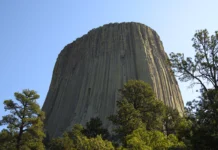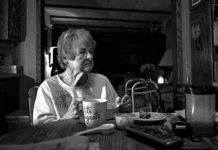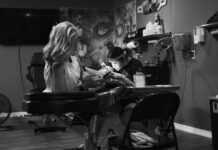| SPECIAL INTEREST |
Story & Photography by: Hawk Buckman
The sound is sharp, almost percussive — a needle pressing cleanly through flesh, a tiny gasp of breath, the quick clink of jewelry sliding into place. Anyone who’s ever sat in a piercing chair knows that moment: the sting, the adrenaline, the rush of ownership.
But this moment is not a modern invention. It connects us to thousands of years of human history, from Sumerian queens with gold hoops in their ears to Maasai warriors with elongated lobes that brush their shoulders. To pierce the body is to participate in one of the oldest conversations humanity has had with itself: what does it mean to alter the flesh in order to express the spirit?
Archaeologists have traced the act of piercing back to at least 2500 BCE. Ancient Sumerians buried their dead with earrings. Egyptian royalty pierced their ears as status symbols — King Tutankhamun’s mummified remains still display stretched lobes. In South America, the Maya and Aztecs pierced their septums and tongues, offering blood in rituals that symbolized communication with the gods.
On the African continent, piercing was (and still is) as much about beauty as belonging. Among the Maasai, stretching the ear was a lifelong ritual, a visible sign of age, wisdom, and grace. The Mursi women of Ethiopia’s Omo Valley inserted clay plates into their lips, a striking statement of cultural identity and marital readiness. In each case, piercing wasn’t about standing apart — it was about fitting in, about carrying the weight of one’s people and traditions in visible form.
What’s remarkable is how piercing emerged independently across societies oceans apart. Whether in the Andes, the Nile, or the Indus Valley, humans reached the same conclusion: that a body marked with holes, adorned with rings or studs, spoke more loudly than an untouched one.
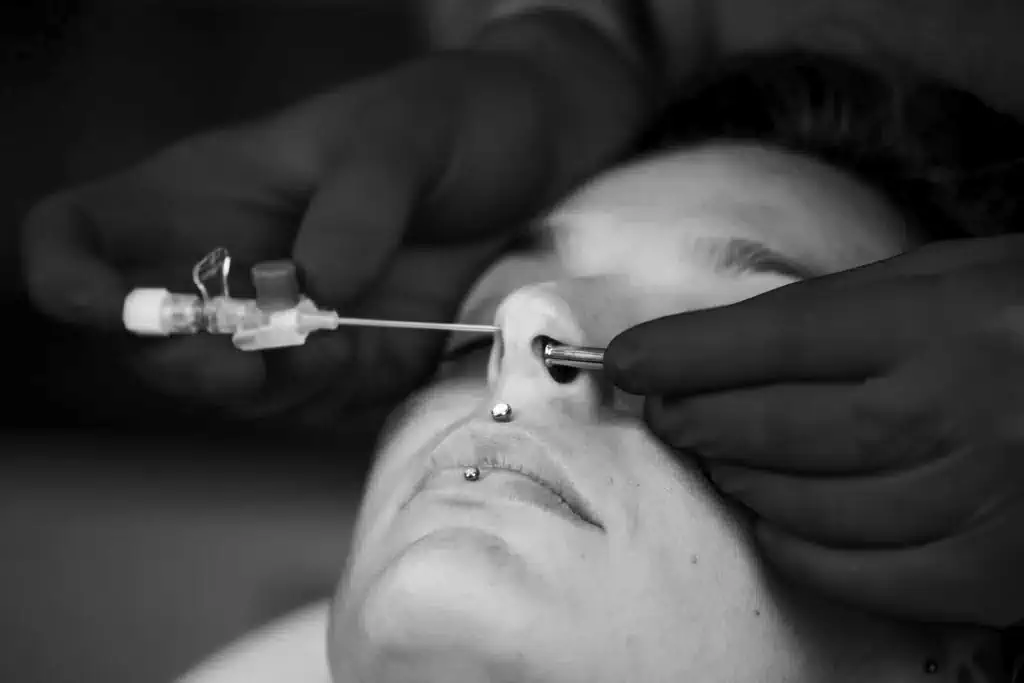
| MORE THAN METAL
Piercing has always lived at the intersection of pain and meaning. The act itself — enduring discomfort willingly — was as significant as the ornament worn afterward.
In India, nose piercings have long been associated with marriage, fertility, and femininity, particularly on the left nostril, where Ayurvedic tradition links the body to reproductive health. In North America, tribes such as the Lakota and Mandan practiced piercings as part of vision quests, ceremonies that demanded endurance, pain, and prayer. The piercing was never merely decorative; it was a bridge to the spiritual world.
Anthropologist Dr. Arjun Patel once put it this way: “When you pierce the body, you pierce the veil between the physical and the symbolic. You take the material of flesh and use it to tell an immaterial story — of faith, of identity, of transformation.”
That story was often one of passage. A pierced ear, lip, or septum might mark the moment a child became an adult, a boy became a warrior, or a woman became a wife. To be pierced was to be recognized, to be remade.
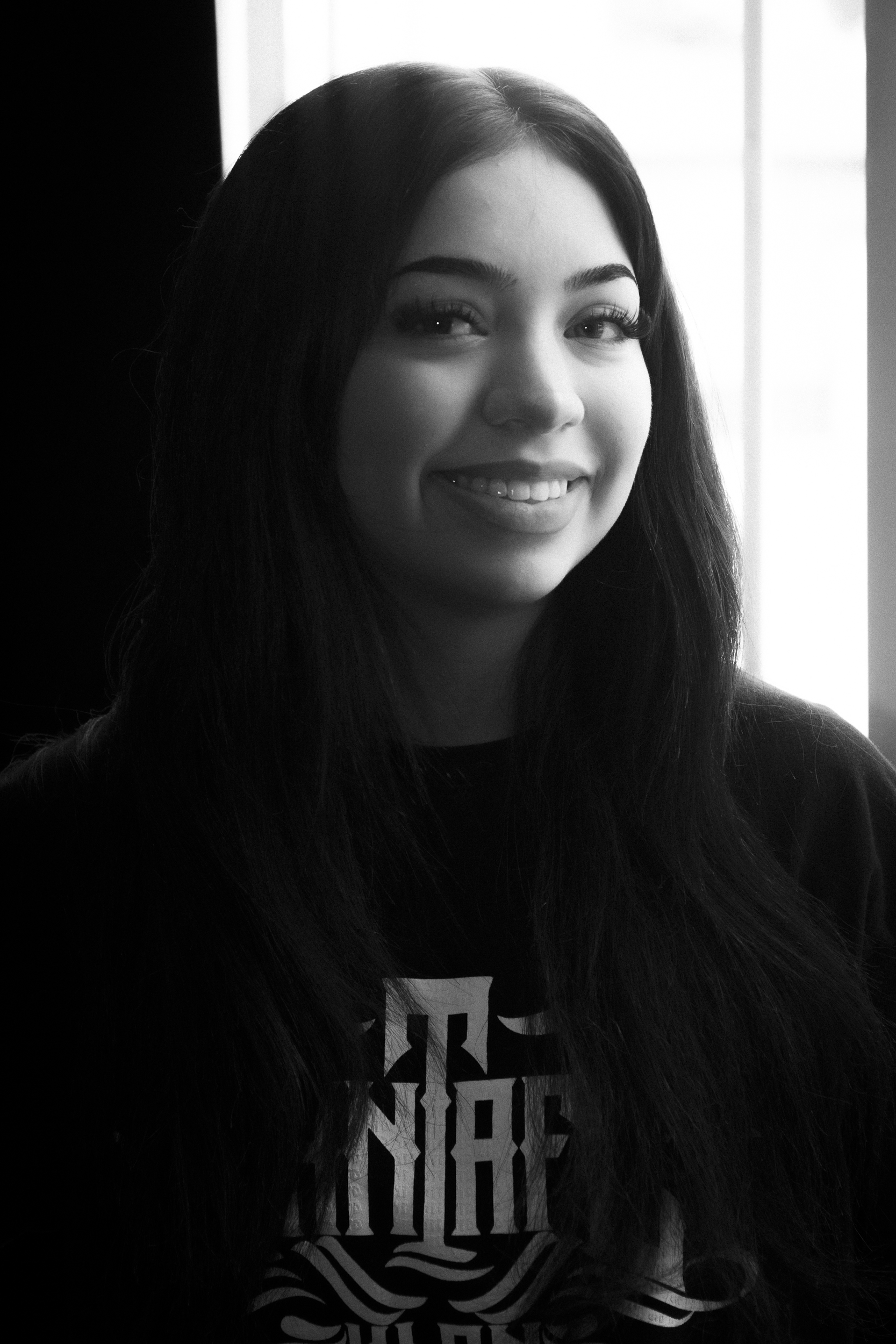
| IN THE 80’S
The meanings shifted radically when piercing entered Western counterculture. In the 1980s, the act no longer tethered to spirituality or community — instead, it became a rebellion against them.
Walk down London’s Camden High Street in 1986 and you’d see it: leather jackets, safety pins, studs, and faces gleaming with metal. Eyebrow rings, lip studs, septum piercings — each one a small defiance against buttoned-up conservatism. To be pierced then was to say, I will not play by your rules.
But rebellion came with risks. Professional piercing studios were rare. Many operated in the shadows, with questionable sterilization and improvised tools. Infections were common, and stigma was intense. A facial piercing could cost someone a job, a relationship, or even their safety in public.
And yet, for those inside the scene, that danger was the point. As Jim Ward, founder of The Gauntlet (America’s first professional piercing studio), once wrote: “Piercing was a badge of courage, of belonging to a tribe of outsiders. You wore your pain on your face, and it told the world you didn’t belong to it.”
By the late 1990s and early 2000s, piercing began to shed its outlaw image. Pop culture icons carried the torch into the mainstream: Britney Spears’ belly button ring sparked a global navel-piercing craze; rock stars and hip-hop artists made earrings, nose rings, and labret studs part of their signature style.
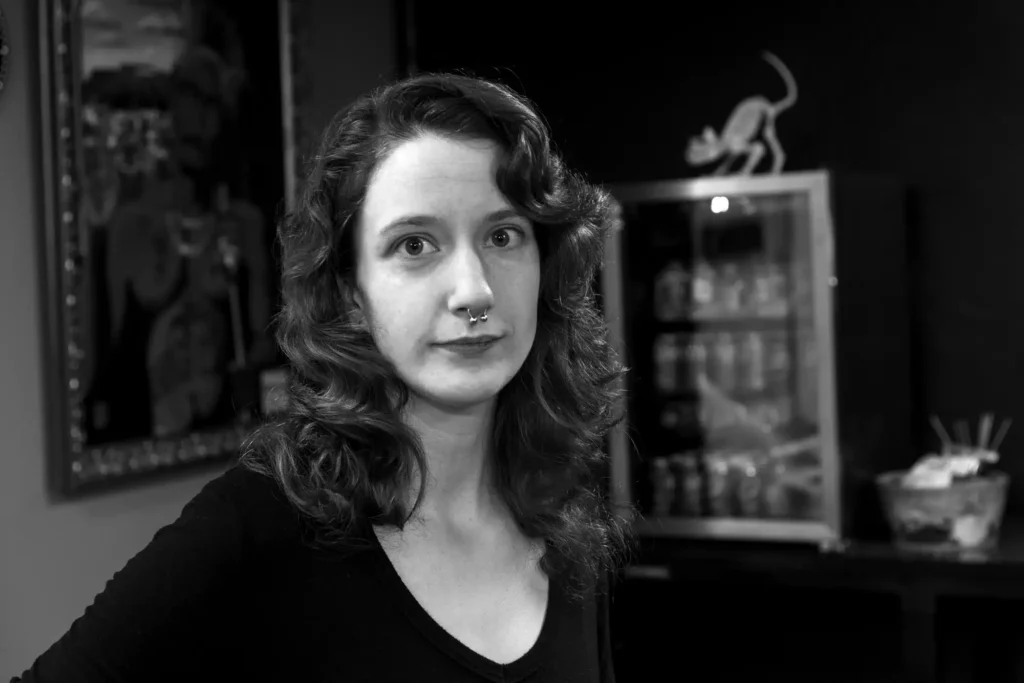
Studios professionalized. Autoclaves replaced makeshift cleaning methods, jewelry became standardized surgical steel, and training emphasized safety as much as aesthetics. What was once underground became a legitimate craft, with associations and guidelines shaping best practices.
The cultural reception changed too. Employers who once balked at facial piercings slowly adapted as more young people brought them into offices, kitchens, and classrooms. What began as rebellion evolved into normalization. Today, piercings are just as likely to be seen on a corporate executive as a punk rocker.
| TODAY’S LANDSCAPE
Walk into a piercing studio in 2025, and you’ll find something striking: the vibe isn’t rebellious — it’s artistic. Walls gleam with carefully designed jewelry displays. Studios look more like high-end boutiques than underground dens.
The “curated ear” trend has redefined modern piercing. Multiple small piercings, arranged in constellations of gold hoops and tiny studs, create a personal aesthetic map across the ear. Septum piercings, once shocking, are now so common they’re often called the “new nose ring.” Even facial and dermal piercings have found their way into mainstream fashion.
What has shifted most is the why. For many, piercing today is not about defying society but about designing the self. A piercing might commemorate a milestone — the end of grief, a new beginning, a survival. Or it might simply be chosen because it feels right, because the body feels more complete with that small flash of metal in place.
As piercer Lena Torres of New York puts it: “Piercing isn’t about rebellion anymore. It’s about authorship. You’re writing your story into your skin, one hole at a time.”
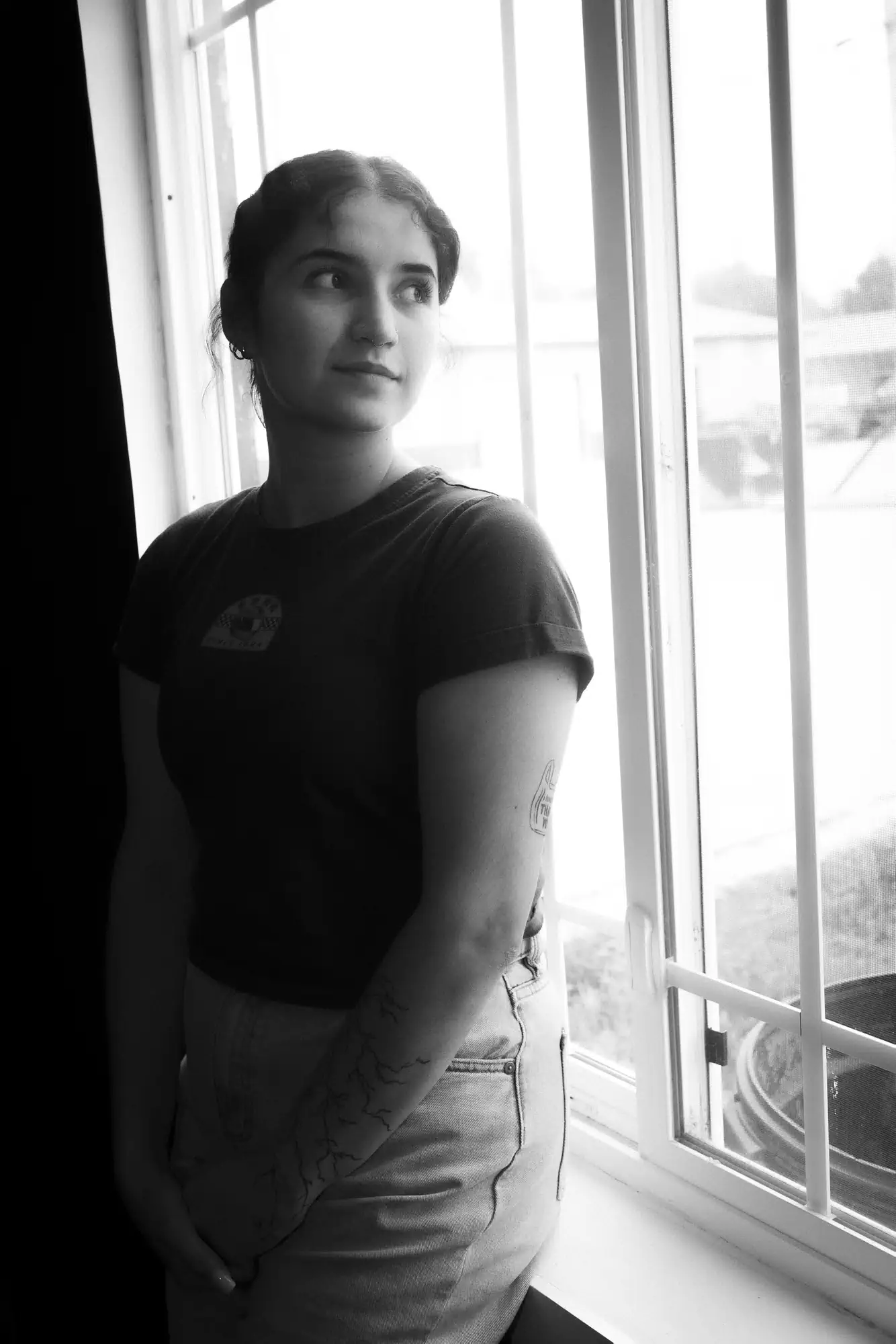
From Sumerian queens to punk rockers, from tribal ceremonies to curated ears, piercing has remained constant in one truth: it is never just decoration. It is identity, ritual, defiance, and art.
To pierce the body is to take the raw material of flesh and make it say something it could not before. And as long as humans carry that desire — to mark themselves as transformed, connected, or simply unique — the sound of the needle will echo across generations, puncturing not only skin, but the veil between who we are and who we choose to be.
Scottsbluff Tattoo Studio – Brittany Lynn
| RESOURCES & REFERENCES
- Metropolitan Museum of Art – Sumerian Gold Earrings, ca. 2600–2500 BCE
- Gauntlet (body piercing studio) – First commercial piercing studio
- Jim Ward – Pioneer of modern body piercing
- PFIQ – Piercing Fans International Quarterly magazine
- Modern Primitives (1989) – Foundational body modification book
- Art of Mesopotamia – Jewelry and cultural context
- “Nose Piercing: Historical Significance and Potential Consequences” – Ayurvedic perspective on left-nostril piercing for reproductive health
- Times of India – The Nath (Indian nose ring): history, symbolism, and regional styles
- Wikipedia – Stretching (body piercing): traditions among Maasai, Mursi, Fulani, and Asian hill tribes
- The Beauty of Maasai Ears – Ear stretching as identity and rite of passage
- Wikipedia – Bloodletting in Mesoamerica: piercing, auto-sacrifice, and symbolism of fertility in Maya and Aztec rituals
- Wikipedia – Aztec body modification practices: labret and lip piercings tied to childbirth, status, and ritual
- PMC – Study on Classic Maya bloodletting and ritual piercing among nobles
